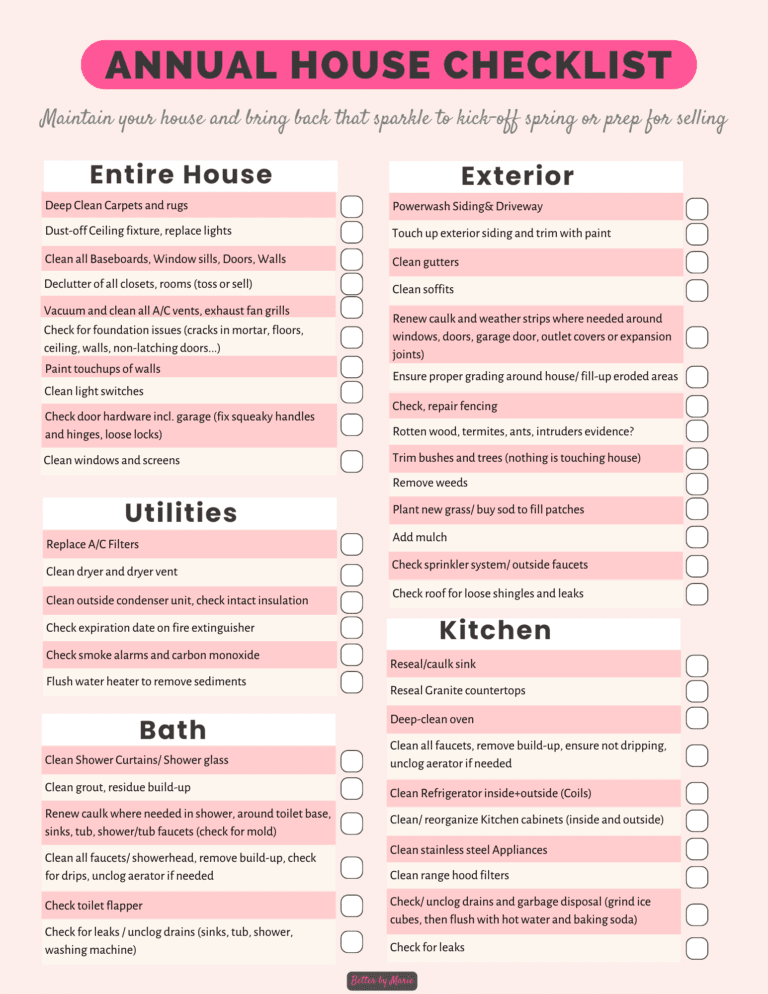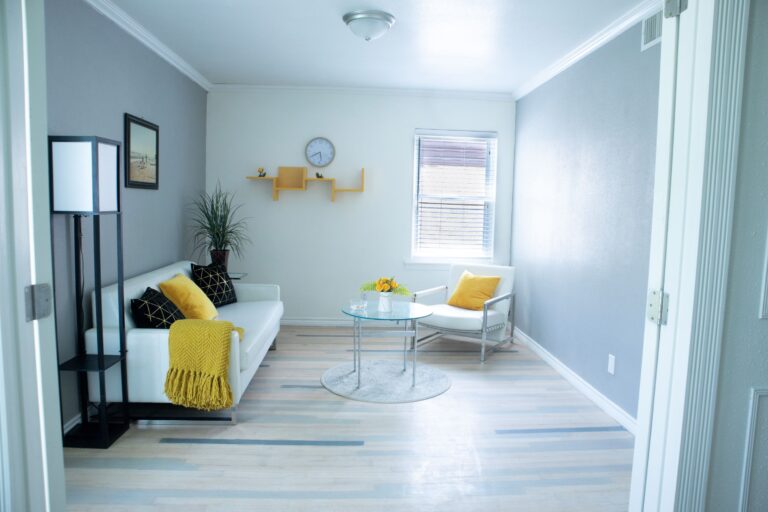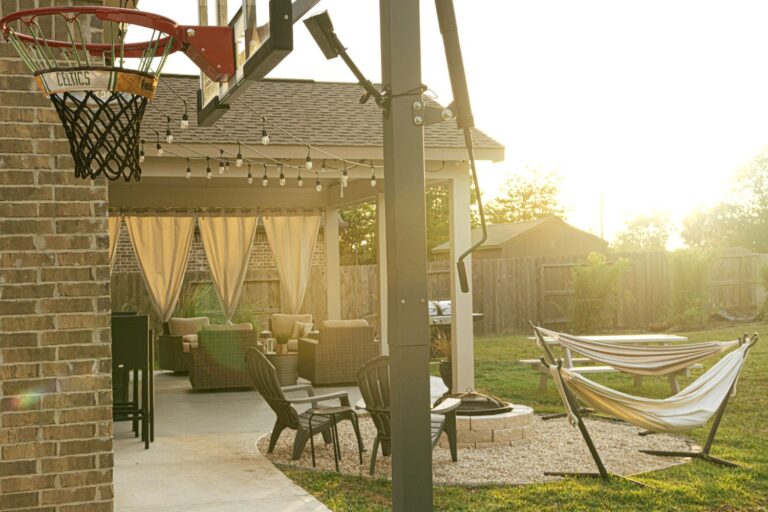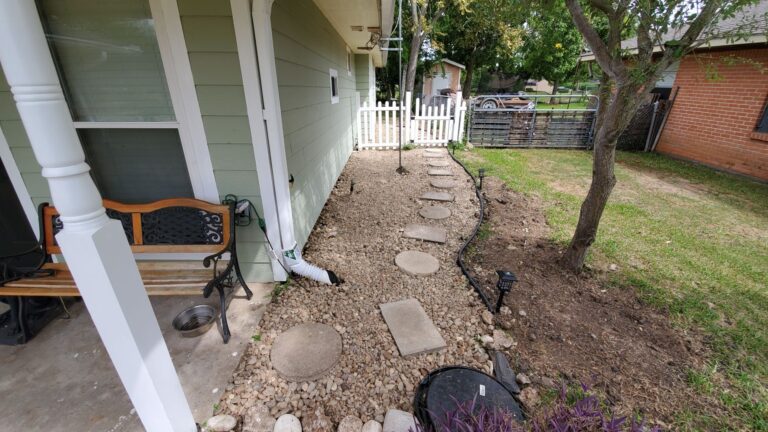Stairs Makeover on a Budget in 5 Easy Steps (From Carpet to Wood)
Stairs in a typical builder grade home come with carpet. Underneath is usually just rough construction grade wood. Replacing the carpet with wooden treads was one of the first projects after move-in. It is easy to do and simplifies cleaning tremendously, especially with two shedding dogs. Follow this easy, affordable step by step guide and understand the material needed.
1. Demolition (Removing the carpet)
Removing the carpet was easy. There was no glue used, so I only had to pull the carpet off the tack strips and remove the staples from the padding. Then I just pulled off the tack strips which were nailed into the stairs.


2. Preparing the Stairs
First I made sure that all the nails and staples were removed from the treads. Then, I scraped off any leftover construction material such as joint compound. As you can see in the pictures, the construction treads have a nose which is not flush with the risers. While you can cut off existing nose to make it flush with existing riser, I decided it would be easier to just use wood scraps as shims to the existing riser so that I can attach the new riser with a brad nailer later.

3. Preparing Treads and Risers
As this is another project on a budget, I chose simple pine treads from Home Depot. While pine is a very soft wood and scratches very easily, oak wood would have been a more durable choice but the costs would have been 3-4 time as high. The stairs are kind of hidden and not well lit, so we decided to go with the cheaper option. If the stairs are very exposed (e.g. open to a major living area or entrance) I would recommend using oak wood.
I used a mix of Wood stains: Varathane Ebony, Dark Walnut and Antique White. Once dried, I used oil-base polyurethane for floors clear semi-gloss (Rust-Oleum Parks PRO Finisher). I definitely recommend using oil-based polyurethane specifically for flooring to resist the traffic over time. I applied 3 coats. This took some time but is absolutely critical to ensure the results are lasting.
For the risers I used 1/4″ plywood which I painted Dove white. In order to cut it the right height, I measured each existing riser and used the highest measurement to cut the plywood with the tablesaw into equal strips.

4. Installing the Tread and Risers
To install the dried treads and painted risers, I started at the bottom of the stairs and measured exact height and width of the riser and adjusted the previously cut strip of plywood with the table saw. I used wood glue and the brad nailer to attach the riser to the shims installed earlier.
Then I measured the exact length of the first existing tread and cut the new tread to the correct length with the miter saw. I attached the new tread to the construction tread with heavy duty liquid nail and a small brad nail at left and right rear to hold in place.
I repeated this process for each riser and tread working form bottom to top of stairs until the new stunning stairs are complete. As the stairs leads to an area with carpet, I installed a metal fluted stair edging on top of the last riser.

5. Finishing Touches to Transform the Stairs
I didn’t like the look of the simple bullnose of the tread so I added 3/4″ scotia molding which I found at Floor & Decor. It also helps to hide any imperfections of the riser. It is unfinished oak wood but once stained , the difference between the pine treads and oak scotia is not noticeable. For the final touches I caulked all little cracks for a seamless look. What a transformation!!! It feels so good to walk on them and it’s so easy to clean.

Material and Tools Used
For this project I spent in total about $350 in November 2021.
- 1/4 Plywood
- 16x Solid Pine Edge Glued Stair Treads from Home Depot
- 16x 3/4″ Scotia (optional) from Floor&Decor
- Wood Stain Dark Walnut, Ebony, Antique White (Varathane) from Home Depot
- Oil-Base Polyurethane for Floors Clear Semi-Gloss (Rust-Oleum Parks PRO Finisher) from Home Depot
- Wood scraps/ shims
- Brad nails
- Wood glue
- Heavy Liquid Nails
- Caulk
- Paint for the risers
- Bradnailer
- Table saw
- Miter saw






